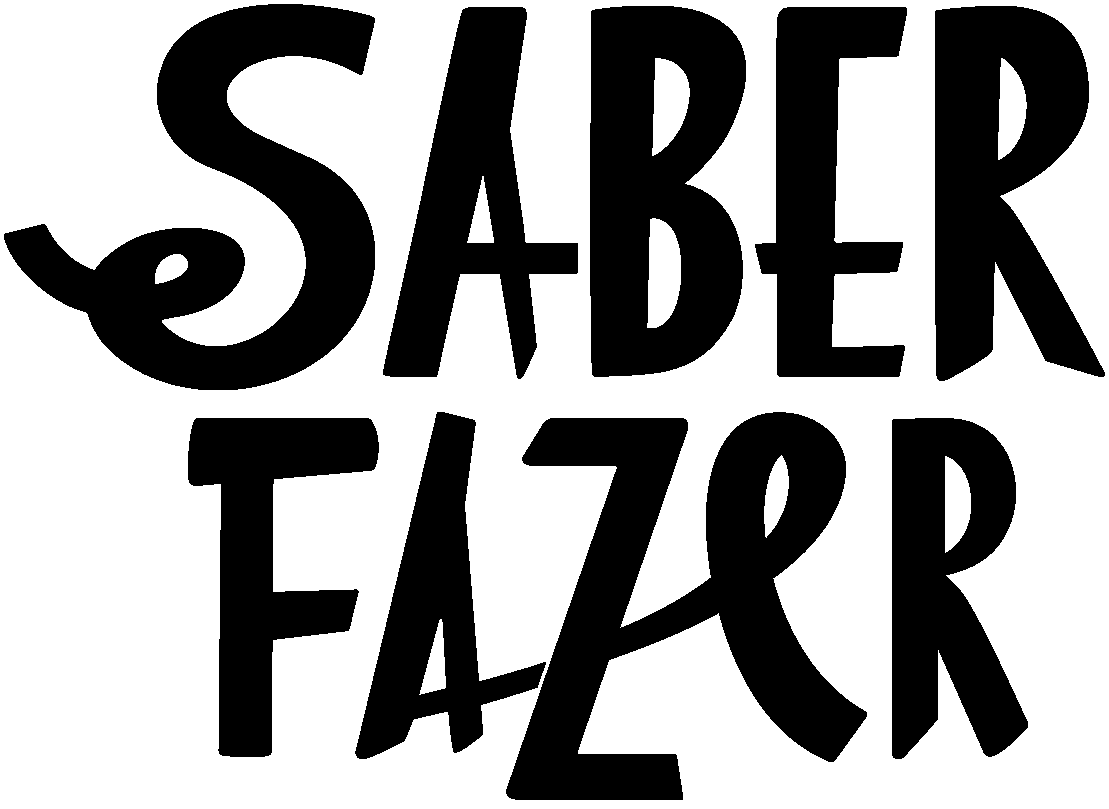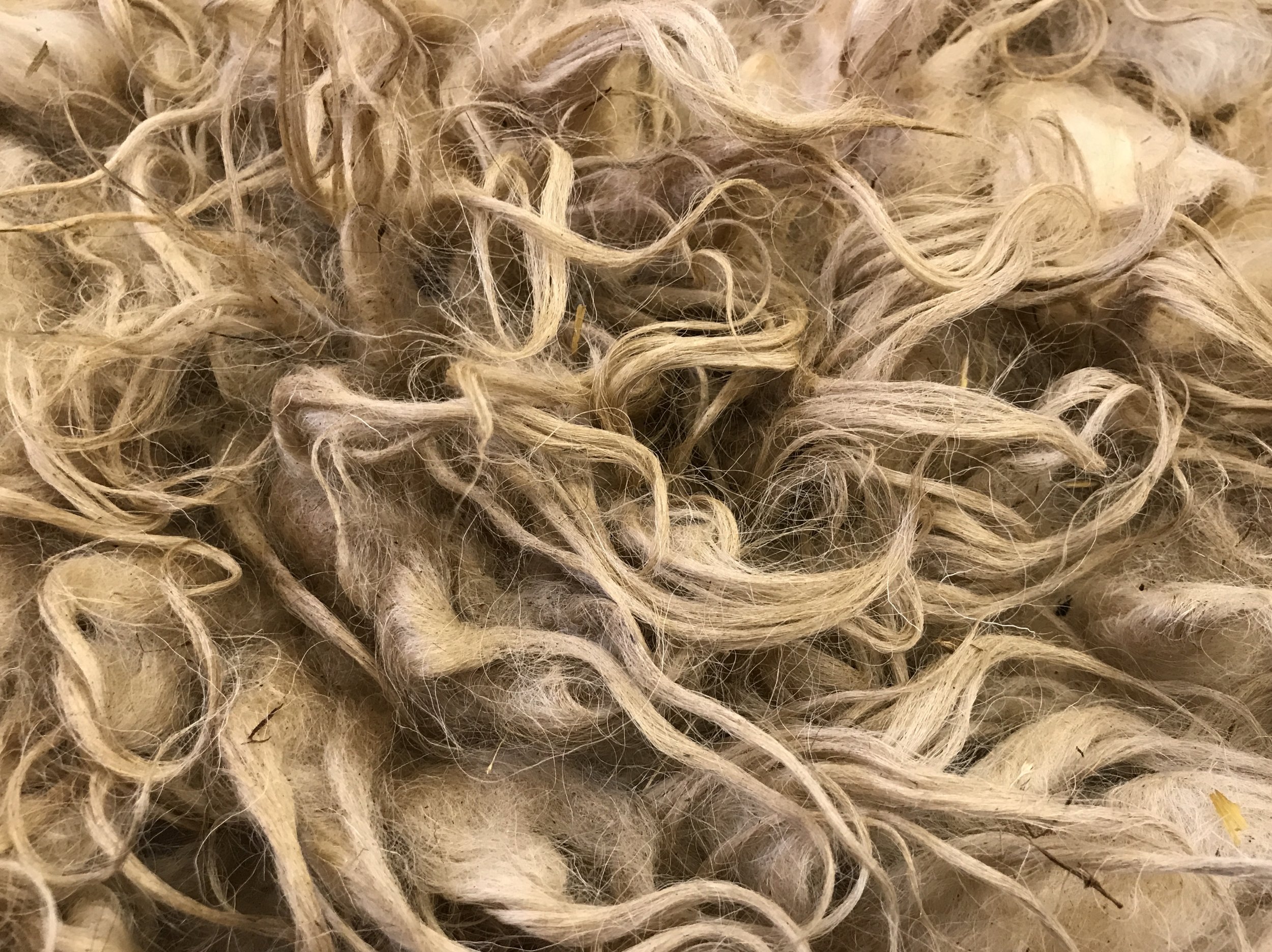Materializing the wools of Trás-os-Montes
Set of samples produced from the wool of the 5 indigenous breeds of Trás-os-Montes (Portugal) for the ‘Culture for All’ project in Vinhais
One of the components of the project “Culture for All” in Vinhais that gave us the most pleasure was undoubtedly creating this set of samples of processed wool from the five breeds of native sheep from Trás-os-Montes region, in Portugal.
What is the wool of a Churra Bragançana sheep used for? And that of a Badana sheep? What is its yarn like? How does it behave when felted or woven?
This was one of the main objectives of the project, to work only with the wools of local breeds and show their potential, when and if processed by hands that know-how, revealing and showing the community the potential of the wools that surround them.
It's not the first time we've done this kind of work; after all, we've already carried out a study on portuguese wools in which we produced a similar set of samples, but this one was more focused on a specific type of portuguese wool, and the samples are also more refined and on a larger scale.
The image of sheep roaming the fields is a common sight in the region, but the connection between the material these animals carry on their bodies and the practical result of their processing is rarely made, even (or especially) by the producers themselves. It's curious how, today, this is a totally unknown raw material.
The discussion of why these wools are so undervalued and unrecognized will be left for another time. This post is to show you this part of our work and take the opportunity to talk briefly about each of the wools.
Samples of wool yarn from the 5 indigenous sheep breeds from Trás-os-Montes, spun by Alice Bernardo and Jorge Pinheiro
The woven samples were woven by Fernando Rei
Felted samples of the wool of the 5 indigenous sheep breeds from Trás-os-Montes, produced by Ana Rita de Arruda.
The fleeces from which these samples were produced were selected and collected by Alice Bernardo during 2022, all from herds registered in their respective genealogical breed books.
The processing was, of course, carried out by our team. Our experience with these specific wools allowed us to bring out the best in them and ensure good results. Washing and carding was carried out here at Saber Fazer by Ingrid Emim. Combing, only for the Bragançanas, was done by Alice Bernardo. Spinning by Alice and Jorge Pinheiro. Weaving by Fernando Rei. Felting by Ana Rita de Arruda.
All the wool has been processed in our atelier, from washing the raw wool to preparing the fibers
The wool of the 5 breeds of sheep from Trás-os-Montes, carded and ready to be spun or felted
Combed Black Churra Bragançana wool
Black Churra Bragançana spun wool
The felted samples were produced in our atelier by Ana Rita de Arruda.
Ana Rita de Arruda's notes on each of the wools from Trás-os-Montes
Churra Badana wool
Samples of carded, spun, felted and woven Churra Badana wool
The Churra Badana sheep produces a long but open fleece with plenty of lanolin. Its locks are pointy and exhibit red hair, made up of heterogeneous fibres that are long and straight. It has a full-bodied feel, with a certain shine that will be accentuated if the wool is combed in preparation for spinning.
It compensates for the lack of fineness with strength and durability, making it a good choice to use in garments that are subject to wear and tear, such as rugs and blankets, but also in outerwear made from more structured fabrics.
Felting reveals its rusticity, compacting slowly but consistently. It needs a lot of friction and movement to reduce effectively.
Its slight reddish hue gives an interesting plastic result, both in spinning and felting.
Churra Badana sheep
White Churra Galega Bragançana wool
Samples of White Churra Bragançana wool carded, spun, felted and woven
The White Bragançana produces a small, irregular fleece, characterized by not covering the head, chest, belly or legs, resembling a saddle on the animal's back. Once spring arrives, the Bragançana tends to start shedding its wool naturally, a characteristic more typical of wild sheep than domesticated ones. For this reason, as spring progresses, their fleeces become smaller and it is common to find animals with no wool left to shear in May and June.
The fleece is made up of pointy locks of medium-length fibres, with a wide, disorganized ondulation at the base.
Bragançana wool presents a challenge, which is the existence of hair alongside the wool fibres: when simply carded, it will present less interesting results. To make it shine, it needs to be combed, a process that separates the hair from the wool and reveals fibers that surprise us with their softness and shine - for churra wool type.
Depending on the animal or herd in question, and given that it is a genetic issue, we may find fleeces with significant hair presence. However, in our experience, it is possible to select fleeces without this type of unwanted fibre and its reduction in the herd is a matter of genetic selection.
Bragançana wool has a full-bodied feel and, when combed, is one of the finest wools in the churras group.
It will be perfectly suitable for garments that are not in direct contact with the skin and that require a little more structure or resistance in their use.
In wet felting, it is a wool that is very reactive to soap but slow to compact. It felts from the inside, with loose fibres on the surface. After felting, it shrinks quickly. It has potential for sculptural use in large forms.
White Churra Galega Bragançana sheep
Shearing and selection of wool (2022)
Black Churra Galega Bragançana wool
Samples of Black Churra Bragançana wool carded, spun, felted and woven
Black Bragançana wool has similar characteristics to its white counterpart, as described above. However, from the samples we have received since 2015, we believe that Black Bragançana has, on average, more delicate fibers and better quality. Like the white bragançana, it has some hair, which is why we still suggest combing it rather than carding it.
Black Churra Galega Bragançana sheep
Black Churra Galega Bragançana sheep's wool
Churra Galega Mirandesa wool
Samples of carded, spun, felted and woven Churra Mirandesa wool
Despite its small size, the Churra Mirandesa produces an extensive and heavy fleece, made up of pointy locks with some grease at the base.
There is some variation within the breed, with animals having slightly shorter, finer wool and others with very long, coarse fibres. Although there are animals with a lot of kemp, there are some beautiful examples of the breed standard that have fleeces with no traces of kemp.
Of all the churras, Mirandesa wool is one of the softest, making it a relatively versatile wool. It is best suited to garments that require resistant and durable fibres, but also to garments that are not in direct contact with the skin.
In felting, it is the tamest of the churras, showing excellent stabilization and a very fast reduction with body. Its felting process is fluid and evolutionary. This behavior is dependent, of course, on the use of good quality wool and the absence of dead hair, which would make the process more difficult.
Churra Galega Mirandesa sheep
Shearing and selection of wool (2022)
Churra da Terra Quente wool
Samples of Churra da Terra Quente wool carded, spun, felted and woven
The Churra da Terra Quente sheep produces an extensive fleece, with very long, pointy locks, always yellowish in tone and thick fibres. Like one of its progenitors, the Mondegueira, this is a double-coated breed, its locks have two layers of fibres: one longer, thicker and straight, and the other shorter, at the base of the lock, a little finer and even with a little ondulation.
The wool of this breed is very coarse and dull, with a harsh personality.
It is difficult to spin, with long, hard fibers that resist twist. Of all the portuguese wools, this is the one with the coarsest and most difficult fibres to work with, requiring creativity in its use. Its strength and durability stand out, as does the plastic nature of its locks, which can be used as they come off the fleece, for example in tapestries.
In the felting process, it has low reduction capacity, requiring some work to construct a textile. Since its fleeces have expressive locks, felting raw fleeces usually produces very artistic results.
Churra da Terra Quente sheep (image by Dinis Pereira via Ruralbit)
Churra da Terra Quente wool



























